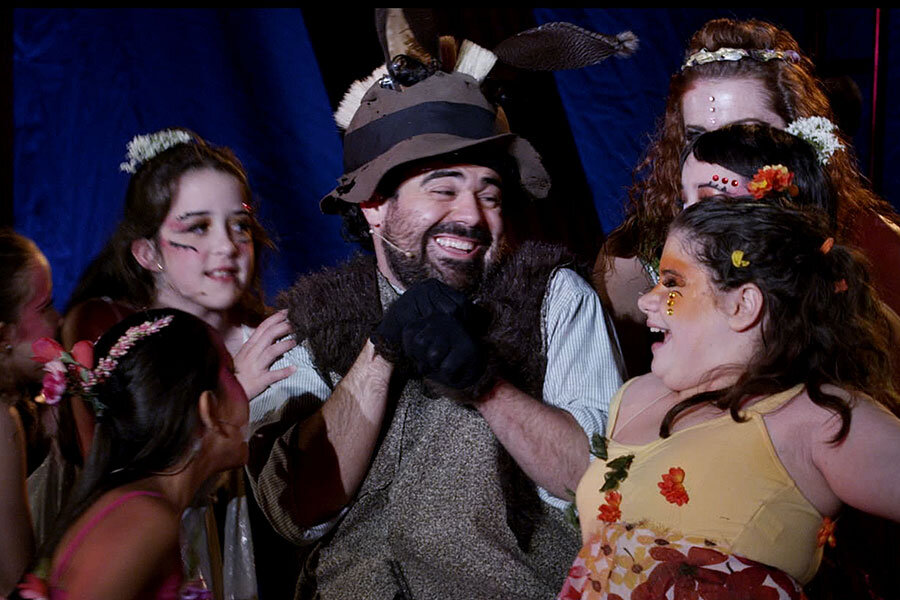'Midsummer in Newtown' does not oversell the restorative power of art
Loading...
Last fall, the documentary “Newtown” showcased the Connecticut community torn apart by the tragic 2012 Sandy Hook school shooting. “Midsummer in Newtown,” directed by Lloyd Kramer, takes a different approach to the same subject. It’s about a group of artists from New York who came to Newtown in the wake of the tragedy to stage a production of “A Midsummer Night’s Dream” with the local schoolchildren, almost all of whom were present when the shooting took place.
The restorative power of art is not oversold here. It’s clear that for many of these children, and for their parents, some of whom lost loved ones, the massacre will forever be with them. But there is something wonderful about watching the way, for example, the youngest boy, Tain, perhaps 8 or 9 years old, breaks out of his shell when he gets onstage. In a way, there is something wonderful, as well, in seeing him cry when the production is over. At least now he can fully open up again. Grade: B (This movie is not rated.)







